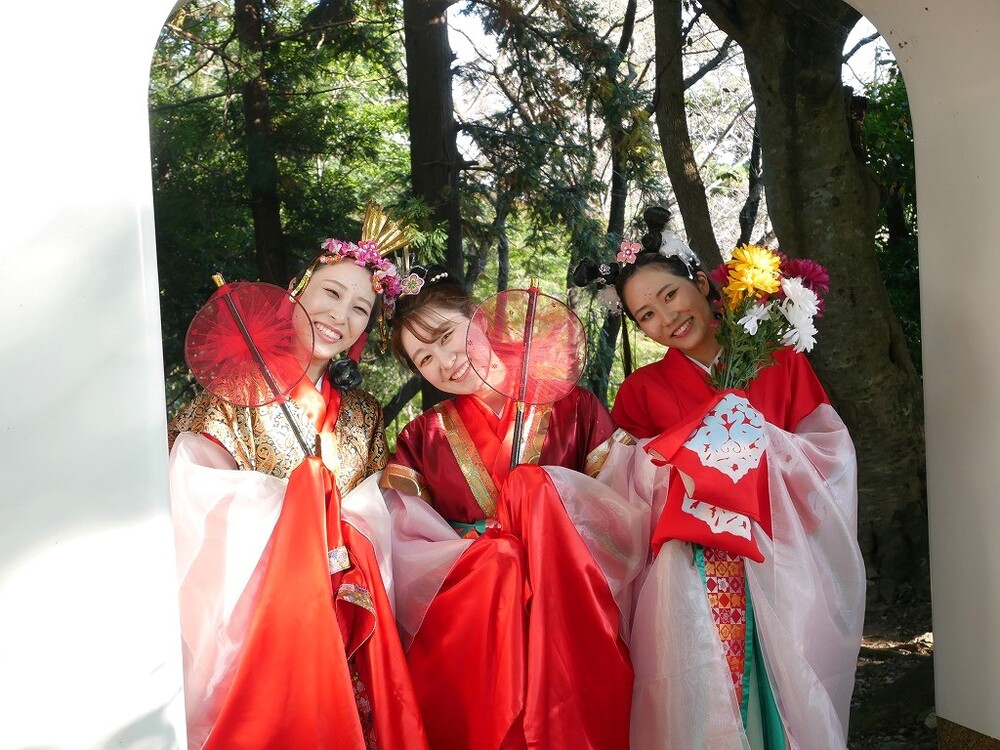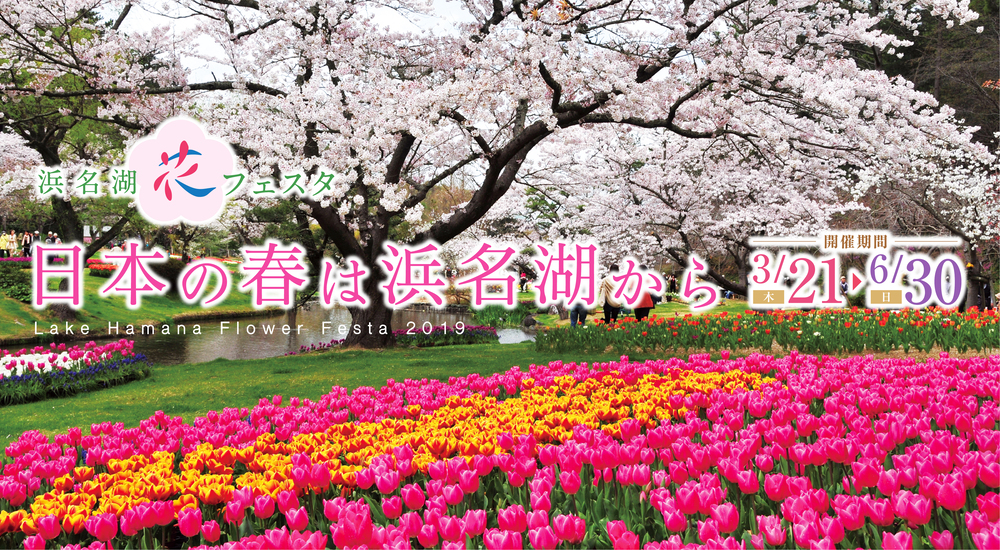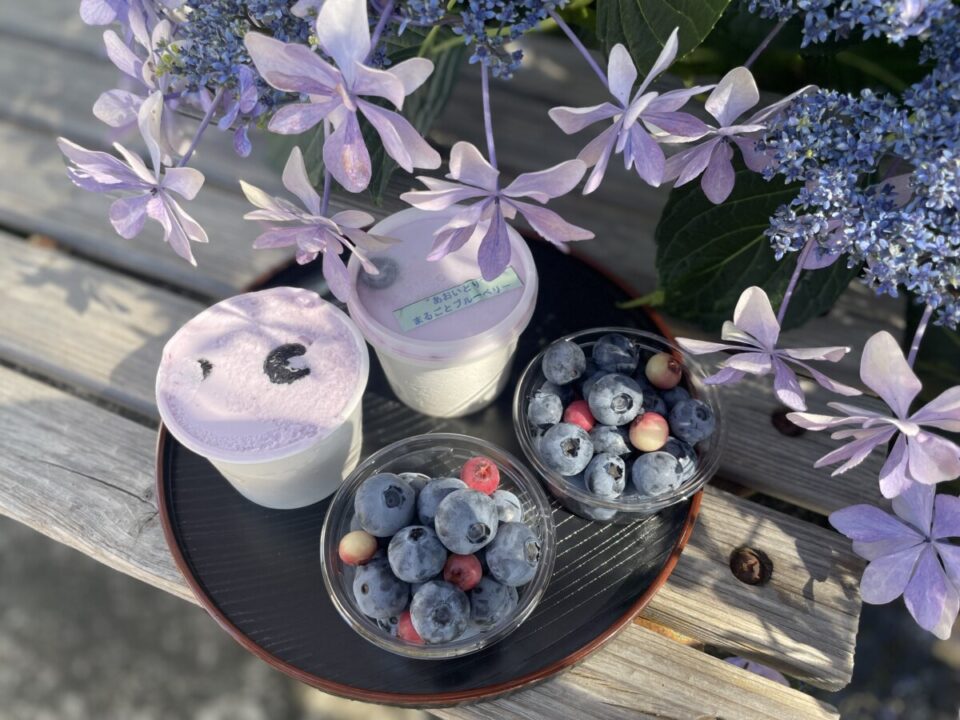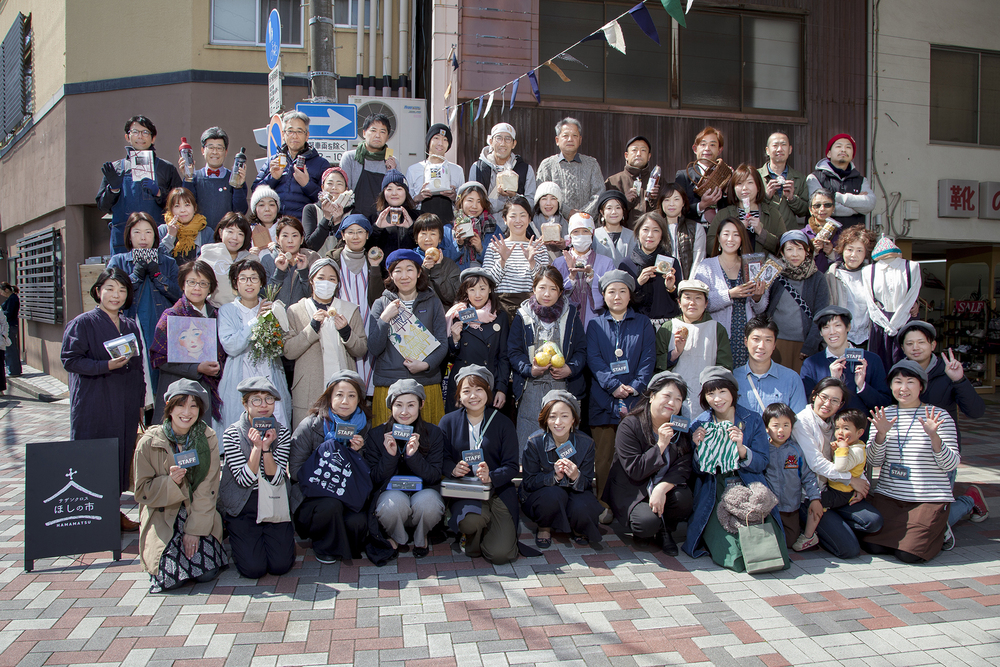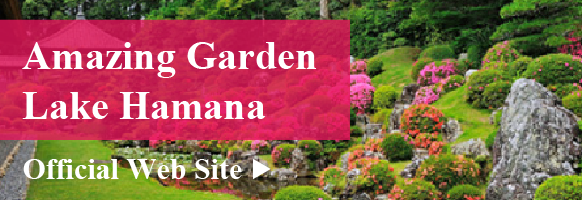Get to Know Hamamatsu
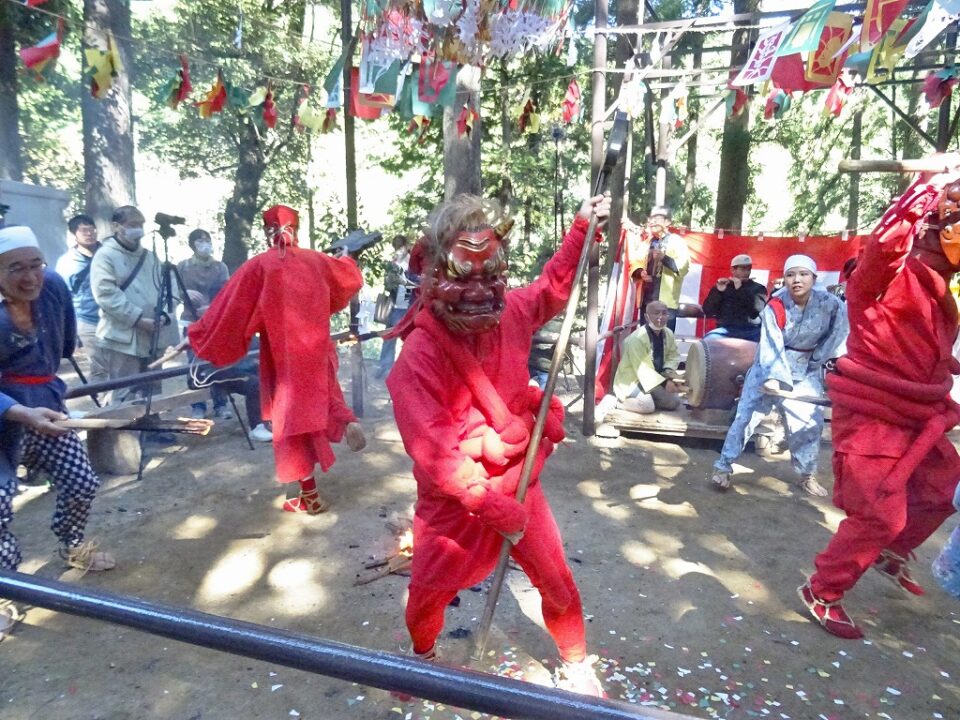
- Watch
Experience the Traditional Kagura Dance! Feel the Spirit of the “Kawai Hana no Mai”
The “Kawai Hana-no-Mai” is a kagura performed each year on the last Saturday of October at Yasaka Shrine, giving thanks for the harvest and praying for health and safety in the year ahead…
On Saturday, October 26, 2024, the “Kawai Hana-no-Mai,” a traditional folk performance designated as an Intangible Folk Cultural Property of Shizuoka Prefecture, will be performed in Sakuma Town, Tenryu Ward, Hamamatsu.
The “Kawai Hana-no-Mai” is a kagura performed every year on the last Saturday of October during the Shimotsuki Festival at Yasaka Shrine.
It is dedicated to giving thanks for a bountiful harvest and to praying to the gods for health and safety in the year to come.
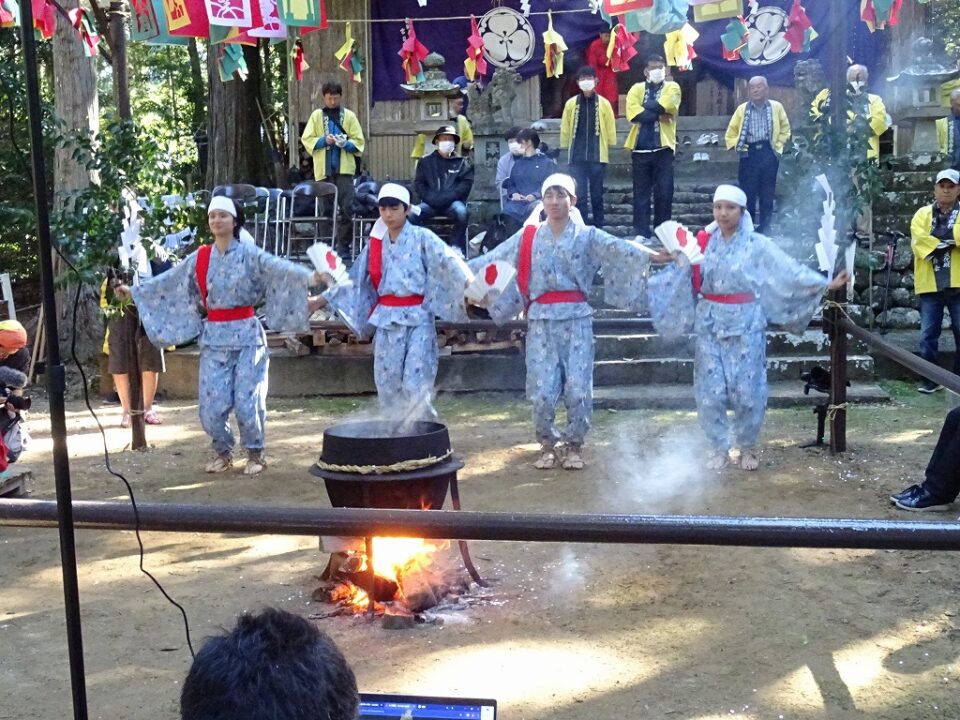
In this article, we explore the history and unique charm of the Kawai Hana-no-Mai.
About the Kawai Hana-no-Mai
The Kawai Hana-no-Mai was designated as an Intangible Folk Cultural Property by Shizuoka Prefecture on January 1, 1976.
Even today, it is carefully preserved and passed down by the local residents of Kawai in Sakuma Town.
Origins and History of the Kawai Hana-no-Mai
The exact origins of the Hana-no-Mai in Sakuma Town, Tenryu Ward, are not clearly known.
However, records in an old document from the mid-Edo period (1799) mention the Hana-no-Mai during the Shimotsuki Festival, showing that the dance was already being performed at that time.
The Kawai Hana-no-Mai is known for being performed as a kagura that includes a ritual called “Yutate.”
Yutate is a purification ceremony in which hot water boiled in a cauldron is sprinkled.
Originally, the Hana-no-Mai was passed down in eight different districts of Sakuma Town.
However, due to events such as the construction of the Sakuma Dam, it is now performed only in the Kawai district.
In addition, unique Hana-Matsuri (Shimotsuki Kagura) traditions are also preserved in the neighboring regions of Minami-Shinshū (Nagano Prefecture) and Higashi-Mikawa (Aichi Prefecture).
Highlights and Attractions of the Kawai Hana-no-Mai
During the Kawai Hana-no-Mai, hot water is boiled in a “yugama”, and a series of more than 20 kagura performances are presented.
The Hana-no-Mai can be broadly divided into three types of performances: the Yutate ritual, the Torimono dances, and the Men-gyō dances.
Among them, the dances performed with demon masks are especially a highlight.

In the climactic “Yubayashi Dance,” four dancers carry “yutabusa” (bundles of straw) and perform while dipping them into the yugama (cauldron), sprinkling the hot water over the spectators.
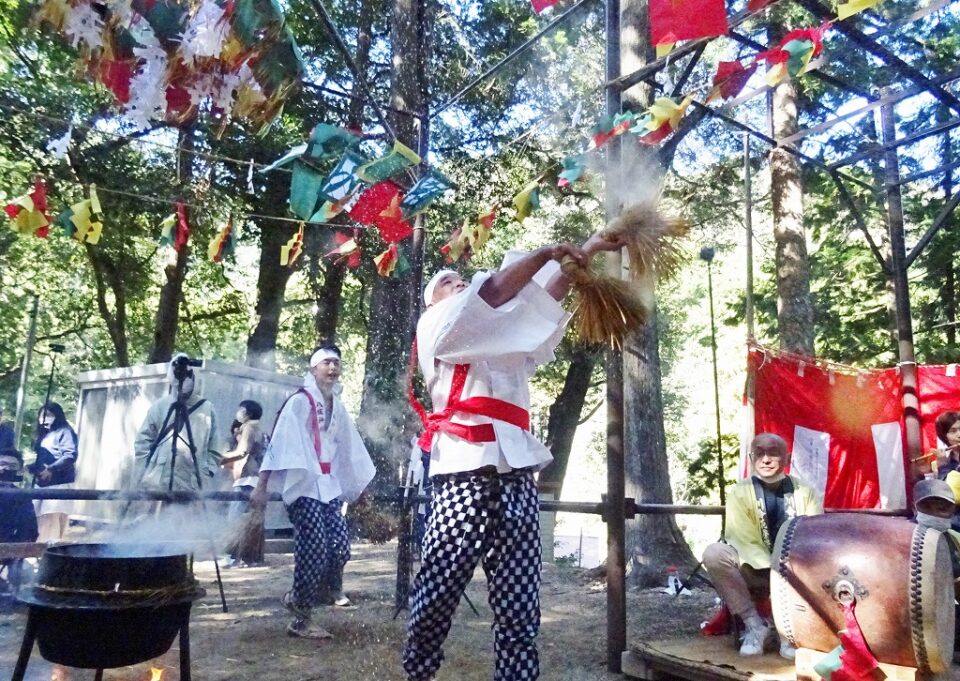
The splashes of hot water offered to the gods are believed to bring blessings such as good health and family safety.
Through this ritual, spectators can experience the “spiritual cleansing” of the Yutate Kagura, where the hot water purifies impurities and renews the soul.
Kawai Hana-no-Mai 2024 – Event Announcement (October 26)
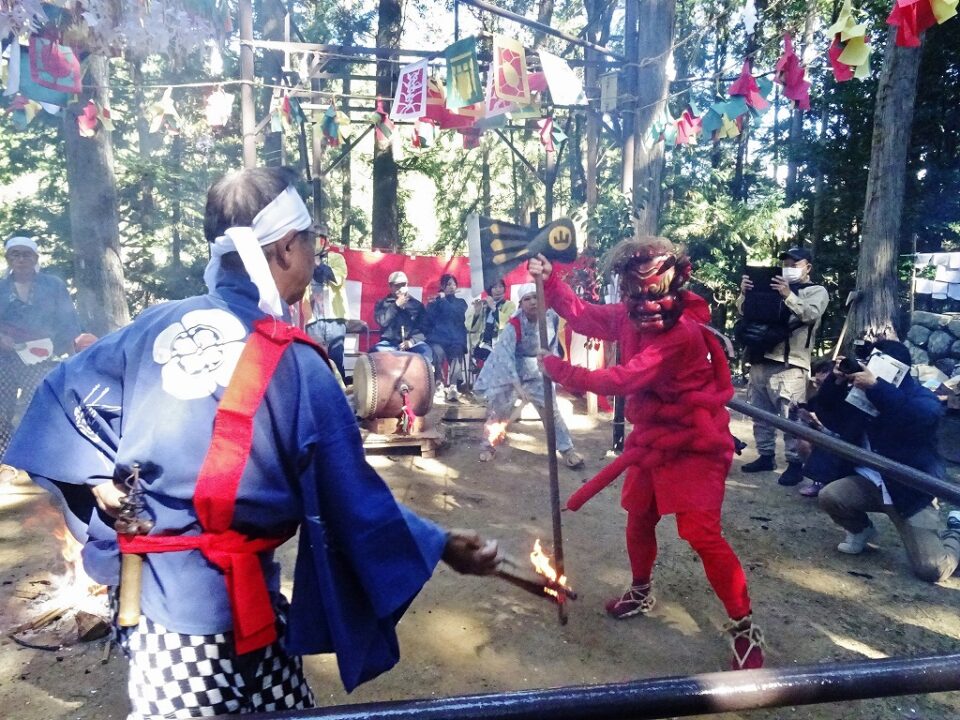
This year, the Kawai Hana-no-Mai will return to its regular annual schedule.
The performances will be held at Yasaka Shrine in Kawai, Sakuma Town, Tenryu Ward.
Date: Saturday, October 26, 2024
Time: Around 2:00 PM until late at night
Venue: Yasaka Shrine (Kawai, Sakuma-cho, Tenryu-ku, Hamamatsu-shi)
Organizer: Kawai Hana-no-Mai Preservation Society
Don’t miss this chance to experience the Kawai Hana-no-Mai, a treasured local traditional performing art!
Photo courtesy: Hamamatsu City Cultural Properties Division
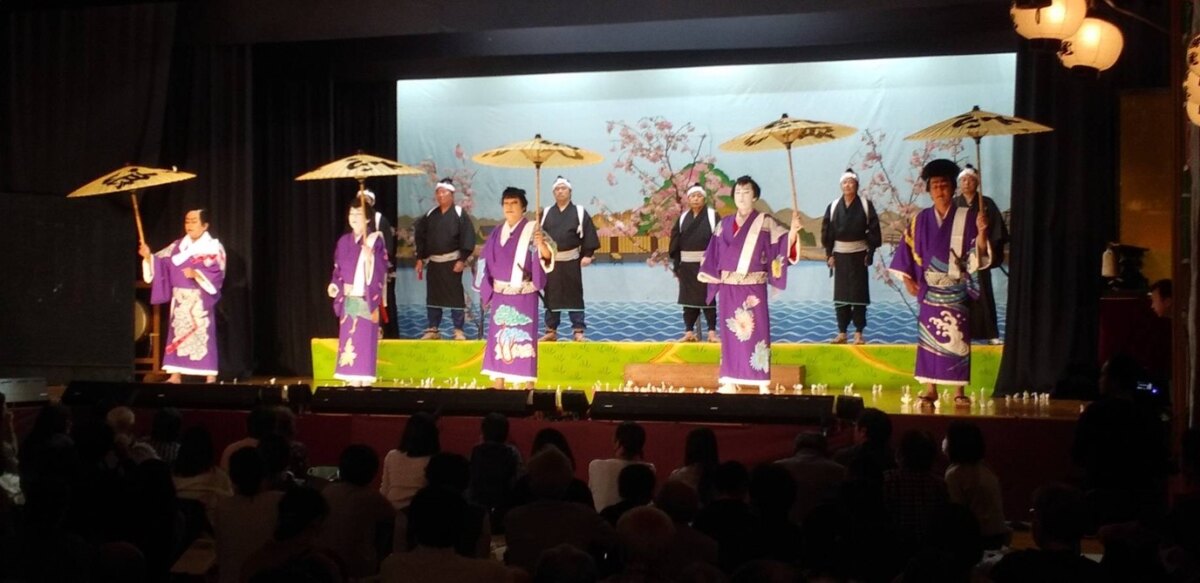
Experience Yokoo Kabuki: A 200-Year Tradition in Hamamatsu
